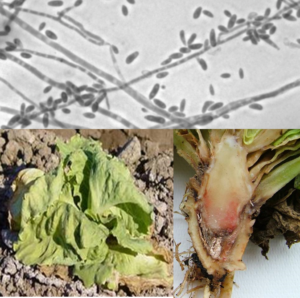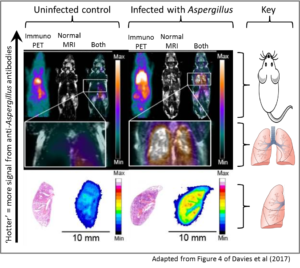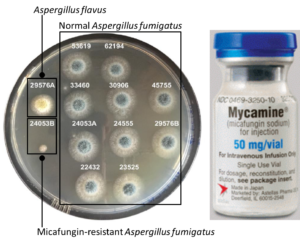Submitted by helenfindon on 13 June 2019
A recent study from Northern India has shown that Aspergillus flavus allergic bronchopulmonary mycosis (ABPM) has a higher likelihood of high attenuation mucus and probability of sinusitis compared to allergic bronchopulmonary aspergillosis (ABPA) caused by Aspergillus fumigatus.
This observational study involved a group of 53 treatment naïve patients who underwent the following investigations:
- Aspergillus skin test
- A. fumigatus and A. flavus precipitins,
- A. fumigatus and A. flavus-specific IgE
- sputum culture for fungus
- total IgE
- eosinophil count
Subjects complaining of nasal congestion, post-nasal drip, anosmia, headache and facial pain also underwent CT scan of the paranasal sinuses.
Of the 53 subjects with ABPA, 16 (30.2%) could also be labelled as ABPM due to A. flavus. Ten and six subjects were labelled as probable and possible A. flavus ABPM, respectively. There was no difference in age, sex distribution, and duration of asthma between patients with ABPA compared to A. flavus-ABPM. There was also no difference in the levels of total IgE and eosinophil counts.
However, subjects with A. flavus-ABPM had significantly higher prevalence of high-attenuation mucus compared to ABPA and a trend towards higher symptoms of chronic sinusitis. This is noteworthy because high-attenuation mucus is a pathognomonic feature of allergic bronchopulmonary aspergillosis and is indicative of a poor outcome.
There were some limitations to the study, including an inability to discern between co-sensitisation to the Aspergillus species being tested for, and immunological cross reactivity and further studies are required to confirm observations.
Read the full paper. Prevalence of sensitization to Aspergillus flavus in patients with allergic bronchopulmonary aspergillosis.
News archives
-
Title
Date










